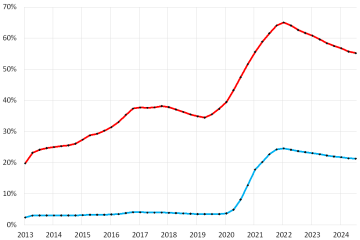A Comprehensive Guide to Loans: Types, Benefits, and More

Introduction to Loans
Loans play a fundamental role in personal and business finance, offering individuals and corporations the ability to access funds for various needs. From purchasing a home to financing education, understanding the types of loans and their implications is crucial for making informed financial decisions. With interest rates fluctuating and the economic landscape shifting, the relevance of loans in today’s financial environment cannot be overstated.
Types of Loans Available
There is a diverse range of loans available to cater to different financial requirements:
- Personal Loans: Unsecured loans that can be used for a variety of personal expenses, often based on creditworthiness.
- Home Loans: Mortgages specifically designed for buying property. This category includes fixed-rate and adjustable-rate mortgages.
- Student Loans: Funds designated for educational expenses, with various repayment plans and interest rates tailored for students.
- Auto Loans: Secured loans for vehicle purchases, typically structured over a fixed term.
- Business Loans: Financing aimed at helping businesses grow, which can come in various forms such as term loans, lines of credit, and equipment financing.
Current Market Trends
As of 2023, interest rates are experiencing significant changes, influencing borrowing behaviour. According to the Bank of England, the base interest rate has risen to combat inflation, leading to increased costs for loans. For prospective buyers or borrowers, this means that understanding terms, eligibility, and the implications of rising costs is vital.
Moreover, government initiatives, such as schemes for first-time home buyers and student loan reforms, are shaping how loans are perceived and utilized among the populace. Financial institutions are increasingly adopting digital platforms, making it easier for borrowers to apply for loans and manage their repayments online.
Conclusion: Making Informed Decisions
In conclusion, loans remain a critical component of financial planning for many. With a variety of options available, it is essential for individuals and businesses to carefully assess their needs, potential terms, and the economic landscape before making a decision. Additionally, staying informed about market trends and available resources can lead to smarter choices when it comes to borrowing. In a time of economic uncertainty, understanding how loans work and planning effectively can significantly impact financial stability.









